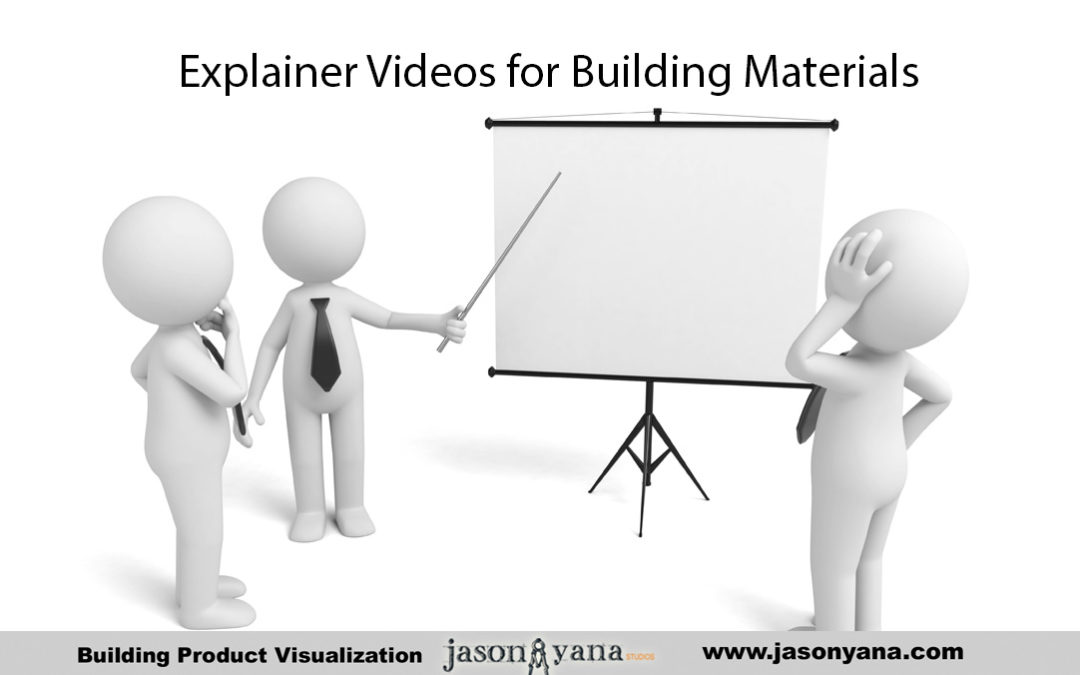Did you know your brain can process an entire image in as little as 13 milliseconds, according to Kurzweil Accelerating Intelligence?
It is no wonder that marketers, educators, business owners, and others utilize visuals to get a message across. Even fiction writers create word pictures because they know the value of the image. It is a given that people gravitate to the visual, but just how do visual impressions influence buyers?
Love at first sight
We have all heard the expression “love at first sight” as used in a romantic context, but something in that phrase requires a closer look. The expression comes from classical literature and was used to describe the phenomenon of being love struck through the visual. One writer describing it this way, “it runs through the eyes down to the soul.” The eye has been a gate leading to strong emotion; it also impresses buyers, sometimes with an obvious “wow”, other times, more subtly.
First impressions are lasting
People do it naturally, without realizing it, and sometimes even subconsciously, but we all do it – we form impressions of people within the first few minutes of meeting the individual. Furthermore, people assess us, too. What does this tell us? Again, visual impressions influence people. We don’t just make judgments on people during the first few minutes, but the same is done concerning products, services, and brands. Consider the impression a buyer has if a contractor is showing his presentation on a rumpled up brochure versus the one who demonstrates his product using 3D graphics or video animation.
Quality visuals count
It is established that visuals and first impressions are necessary to draw buyers in. High-quality visuals are key to enhancing interest in the product or service. Two-dimensional visuals are ok, but if you are looking to capture the buyer’s attention, three-dimensional figures and video creations stimulate greater enthusiasm. We live in a 3D world, so people relate better to 3D images, as well as video recordings.
About the Author :
Jason Yana has 2 decades of experience in architectural technology, 3d graphics and construction marketing. This unique combination provides highly-effective visual representations of building products that fuel marketing and support efforts.
His award-winning body of work informs, inspires and educates building product customers.













